Birds are known for their beautiful feathers, which play a vital role in their survival and adaptation to different environments. However, these feathers are not permanent, and birds need to replace them periodically throughout their lives. This process is described in a term called “moulting”.
So what is moulting in birds? This is a process by which birds replace feathers and this can occur periodically throughout a bird’s life. It can take several weeks to complete. During this, birds will lose their used aged feathers to grow new ones.
Let’s know more about this topic, the different types, the causes, the importance, and how moulting affects a bird’s survival.
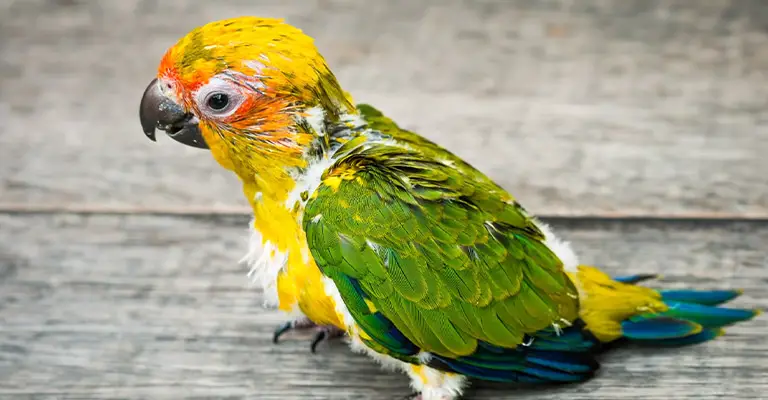
What is Moulting in Birds?
The process of generating new feathers while losing old ones is called Moulting. All birds, from the smallest sparrow to the greatest eagle, experience it. Furthermore, counting on the species might occur at various periods of the year.
By removing worn-out or broken feathers, moulting aids birds in maintaining their capability to fly. Thus, they can control their body temperature and improve their general health.
In many species, this occurs towards the conclusion of the mating season, and the fresh feathers are prepared for the following breeding season. That means this is tied to seasonal changes.
Different Types of Moulting
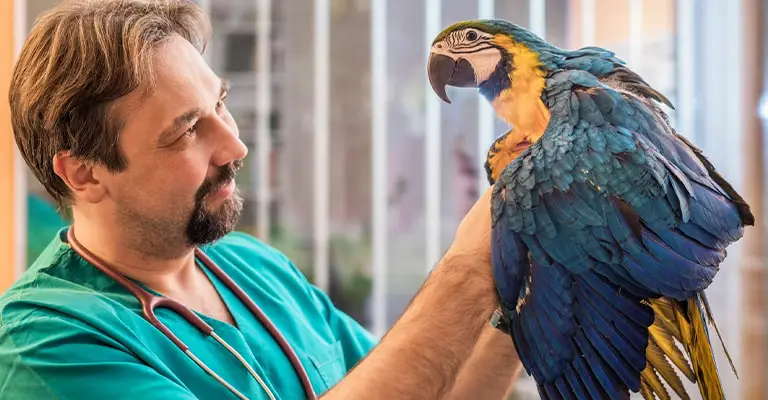
Birds can undergo either a complete or partial moult. When a bird moults completely, all of its feathers are replaced at once. But when it happens partially, just some of its feathers are replaced.
Complete moulting is typical of many waterfowl, such as ducks and geese. In this process, they lose all of their flight feathers simultaneously, making them flightless for a while. Other species like songbirds, can moult only a few feathers at a time, allowing them to sustain the ability to fly.
Moulting in Birds: Causes
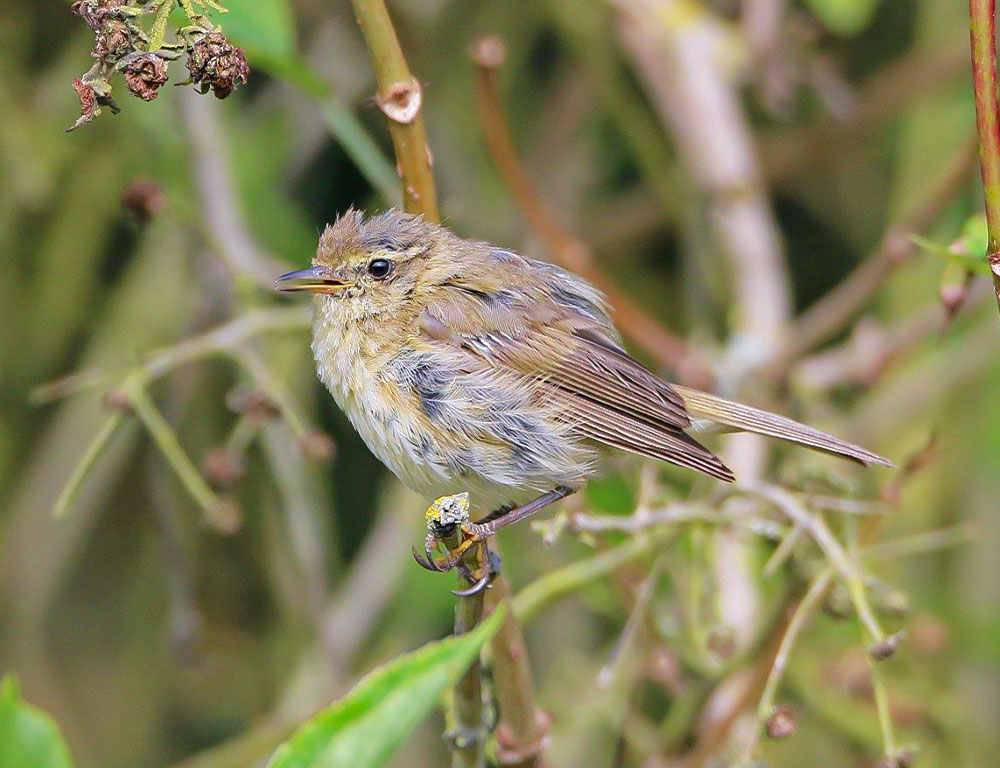
Moulting, or the shedding and replacement of feathers, is a natural process in birds that occurs regularly. The causes of such can be broken down into two main categories: physiological and environmental.
Physiological moulting
This type of moulting includes hormonal changes in the bird’s body. Birds have a complex hormonal system that regulates the growth and replacement of feathers. The primary hormones involved in moulting are melatonin and prolactin.
- Melatonin, a hormone produced by the pineal gland, triggers the shedding of old feathers.
- Prolactin, a hormone produced by the pituitary gland, stimulates the growth of new feathers.
Environmental moulting
Here, the moulting process includes seasonal changes and migration. Birds typically moult during the spring and summer months when the days are longer and food is more readily available.
This allows them to have new feathers before the fall migration so that they can fly efficiently. Additionally, birds may shed in reaction to a shift in their surroundings, such as a change in temperature or humidity.
Other factors
You will be surprised to know that there are other factors as well that can influence moulting in birds. For example, birds that are kept in captivity may shed differently than those in the wild.
Captive birds may moult at different times of the year, or not at all, depending on the conditions in which they are kept. Stress and poor nutrition can also affect this process.
Importance of Moulting in Birds
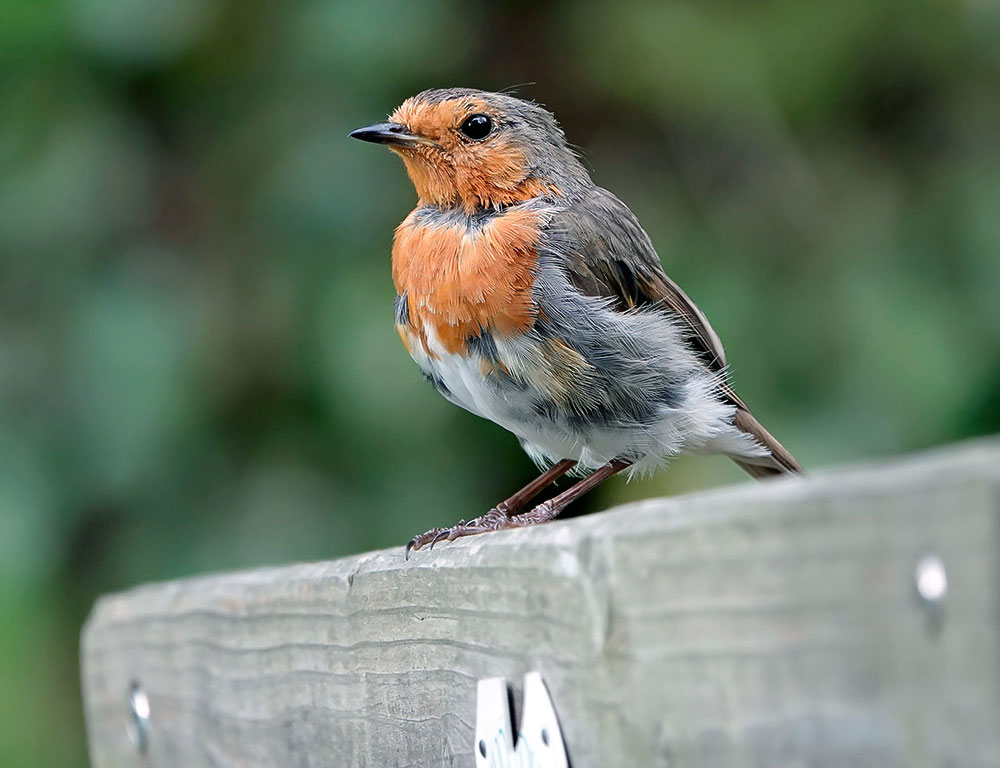
Feathers are vital for a bird’s survival as they provide insulation, buoyancy, and the ability to fly. The importance of moulting lies in the fact that it allows birds to keep their feathers in good condition, ensuring their ability to survive and thrive in their habitats.
- One of the most important functions of feathers is insulation. Feathers provide a layer of warmth for the bird, keeping them warm in cold temperatures. And moulting allows birds to substitute their worn-out feathers with new ones, ensuring they are well-insulated at all times.
- The shape and structure of feathers are essential for generating lift and propulsion. Here, molting allows birds to substitute their worn-out flight feathers with new ones, ensuring that they can fly efficiently.
- Molting also plays an important role in a bird’s ability to communicate with other members of its species. Many birds have brightly coloured feathers that are used for courtship and territorial displays.
How Moulting Affects a Bird’s Survival
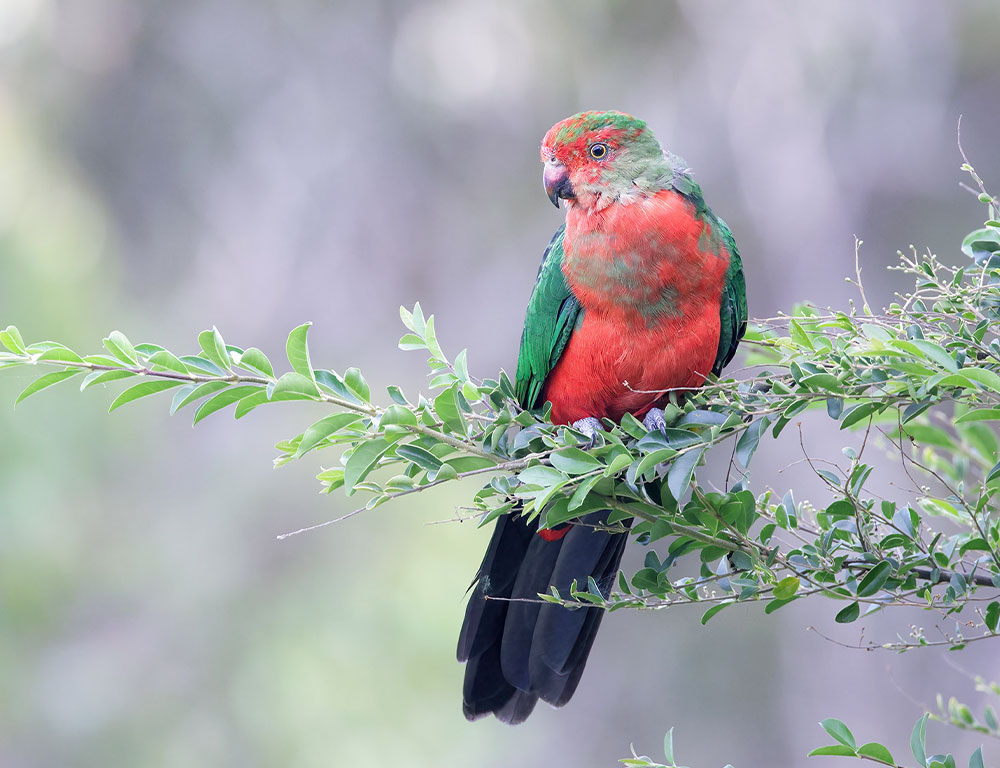
The process of moulting can have a significant impact on a bird’s survival, both positively and negatively.
- One of the most important ways in which moulting affects a bird’s survival is through the replacement of worn-out feathers. Worn-out feathers are less efficient at performing these functions, which can make it difficult for a bird to survive in its environment.
- Another way in which it affects a bird’s survival is through the synchronization of moulting with seasonal changes and migration. Birds typically moult during the spring and summer months.
This is when the days are longer and food is more readily available. And this allows them to replace feathers before the fall migration so that they can fly efficiently.
Moulting can also have a negative impact on a bird’s survival if the process is disrupted. Stress and poor nutrition can affect this process, leading to a failure to moult or a delay in the process.
Frequently Asked Questions
Let’s check out some questions asked by people who are interested in moulting in birds.
Old feathers are lost and new ones are grown when birds moult. This process typically begins at the head and proceeds down the body. Birds may lose feathers gradually or all at once, depending on the species.
Yes, moulting can affect a bird’s flight. During the process, birds may lose feathers from their wings, making flying more difficult. Birds may also experience a period of reduced flight ability while their new feathers are growing.
Yes. Most birds do, but the timing and frequency can vary widely between species. However, some birds, like penguins, do not moult at all.
Conclusion
Moulting is an essential process in the lives of birds. It enables them to maintain feathers, which are vital for survival, as they provide insulation, flight, and communication.
Understanding what is moulting in birds can help us appreciate the intricate nature of these creatures and the challenges they face in their daily lives. Keep an eye out for birds in your backyard or local park, and marvel at the beauty of their new feathers.